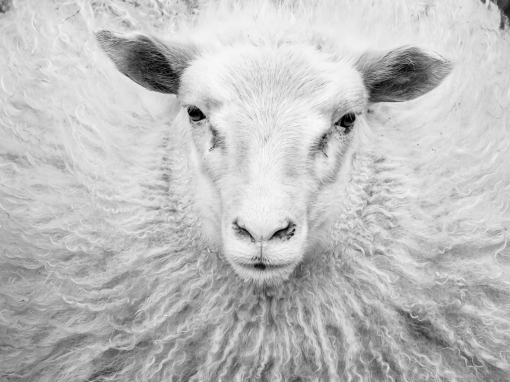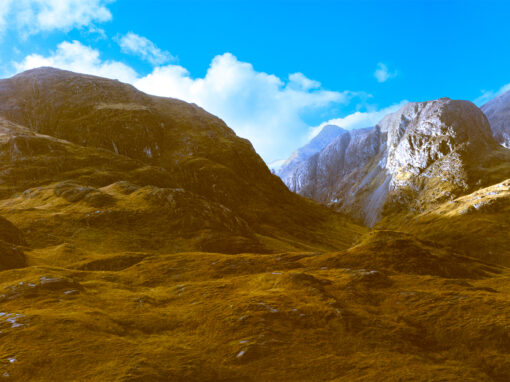Mick grew up in the UK as an orphan and immigrated to Australia at 17, joining the Army almost immediately. Tired of being picked on as a kid, he became a boxer and was a champion in the ring. My process involves listening to stories of Veterans and recording those stories just before we go and make the portraits. This is, by design, a slow process. Typically, the Veterans will talk about their experiences for 30 minutes to an hour. Then we’ll spend another hour to an hour and a half making wet plate portraits. For me, as a Veteran and a photographer, I’m looking to preserve history; not capital “H” history, that’s been done for Vietnam many times over, but rather the intimate, personal history that was lived by each and every Veteran who served.
One of the questions I asked Mick was about where he experienced Beauty in a war zone.
He replied, “When you’re in the jungle and you’ve been moving all day and you make a patrol base for the night, just as the sun sets, there’s a coolness. A coolness that seems to rise from the jungle floor as the light dims, it’s sublime. It cools you down, and in that in-between of light and dark, heat and cool, there’s a peace and quiet there I never experienced anywhere else. That, and taking care of my soldiers. That’s where I found the beauty in that place.”
I choose to use wet plate collodion to craft images by hand as a response to the proliferation of digital imagery. I want these Veterans, their stories, and their images to be encountered, to be allowed to sink in, and to last. The hope is that these images are intimate without being invasive in their creation, that they build a bridge between Australian Veterans and the contemporary Australian community. I use period lenses and natural light and the conversations influence the choices the Veterans and I make when creating these portraits. The work of Duane Michaels in incorporating words as part of the work and Julia Margaret Cameron in embracing the brokenness of the wet plate process is vital as well. These images are both as fractured and as beautiful as the people photographed.
This image is part of a series of 50 interviews and portraits I am creating with Australian Vietnam Veterans entitled Stories of the Dat Do Dogs in collaboration with the Anzac Memorial in Hyde Park, Sydney, New South Wales.
What do you think are the TWO most impactful features that make your image a good photograph? Don’t be shy!
The best photographs, in my opinion, revolve around relationship. The relationship may not be between human beings but it interaction will be present. I hadn’t known Mick long when we made this image, and we’re removed by a couple generations as soldiers, but there are things that only another Veteran will understand, and that connection was present for me in making this image.
Additionally, getting him to feel comfortable in engaging the camera was important (see my earlier comment about relationship). People are frequently at their most beautiful when they’re simply being themselves; pull out a camera and ask them to continue being themselves and suddenly, they become so self-aware that they forgot what it’s like to just be themselves. Imagine tying your shoe laces. After a certain point in your life, you stop struggling with tying that know and just do it. Now, as an experiment, try tying your shoelaces while concentrating intently on tying them. Good luck!
What we see here is someone so comfortable with themself that he showed up with a t-shirt and suspenders on; remember, this is a man who spent a life in military service and could have shown up with a chest full of medals for the camera. Instead, he allows us to see him. To see that face and that smile. I love the way this series if images is also breaking some of the stereotypes of who Vietnam Veterans are, and what they look like.
If you would be able to make this photo once again, what would be the ONE thing you would like to do better or different?
That damn backdrop!
I use an old, nasty blanket as the backdrop for portraits in my garage/studio/darkroom/mad photographic scientist lab. If I don’t fix it up after each and every shot, it starts drooping. And I end up with an uneven surface image just above head level. In this case I could live with it because it looks a bit halo-ish. Not that Mick is an Angel.
Jack McLain shared this photograph in the FRAMES Facebook Group.
Photographer
Jack McLain, Sydney, Australia
Equipment and settings
I shot this with a Full Plate (9″x7″) camera made by Mark Voces in the UK, using a Portrait Petzval lens made by Pierre Maugey in Paris some time around 1858-1861. I used an Old Reliable collodion formula and heaps of natural light. If memory serves, I also had Mick holding a reflector to fill his eyes in a bit, which may be why his face is glowing. One of the advantages of working with military people is that they’re good at being still for extended periods of time, which is a necessity in wet plate work in natural light. This image is no exception and I have in my notes that it was a 5 second exposure.





Mimi
March 7, 2023 at 11:07
Beautiful !